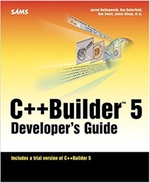Keyboard control of macOS notification alerts
I use Apple's Reminders app to remind me about things that I need to do. It has the useful feature of syncing across my Mac, iPad and iPhone and I can add to it via Siri in my car. When I am notified on my Mac, a notification alert appears with two buttons: Complete and Later. Clicking Later offers a set of options to dismiss the alert and have it reappear in 5 minutes, in… continue reading.


